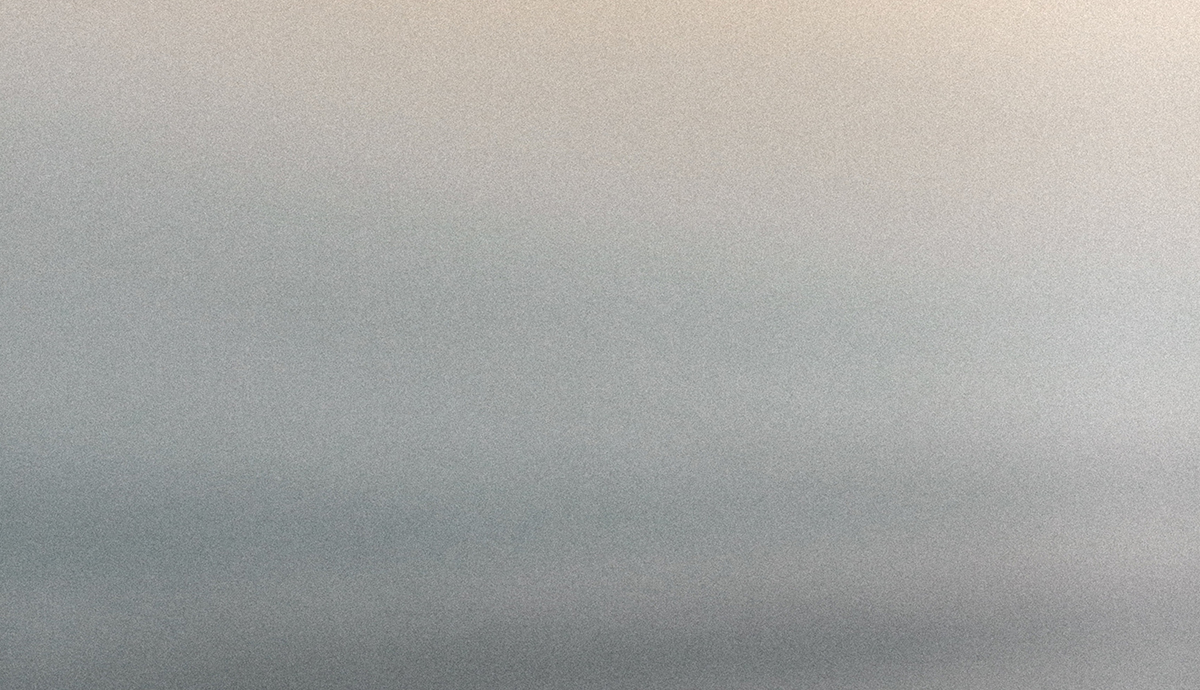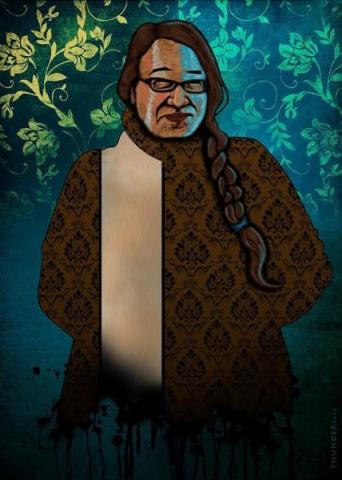Some time ago, a prominent poet and critic posted a question to social media asking for names of Native American poets publishing now. Curious, I followed the thread. The query was met with a variety of responses: A very few people suggested actual contemporary Native American poets, others put forward the names of 19th century tribal orators, long dead. The names of known ethnic frauds, pretendian poets such as I have mentioned here, were also suggested. And that is when it struck me that if an important critic of American poetry asked for general input about Native American poets, we must be nearly unknown. We must be nearly invisible. And, respectfully, I was not surprised.
Among my peer poets, critics, and editors, I have found a general lack of understanding of what Native American writing looks like in the 21st century. “Native American Poetry” has meant to many a poetry that conforms to some notion of identifiably “Indian” history and culture or that depicts spiritual relationship to the natural world. I am not saying that Native poetry is not those things, I am saying it is not only those things. But who would know? So little Native poetry is included in literary publishing in general, so few readers are exposed to multiple Indigenous authors—there’s just not enough allowed out there to provide a basis upon which others might judge or even recognize our work.
Consequently, editors must make choices about poems they think are Native authored because they contain imagery they think of as Native and sometimes they select work by non-Natives that not only misrepresents the lived realities of Native people but, as I said in my earlier blog, but does our communities harm by presenting another’s view as our own. We are the most written about peoples on earth, but our own writing is often ignored or placed in restrictive, thematic contexts to signify “American Indian” in familiar ways.
For the past several years I have been researching with the aim of gathering a new poetry anthology from a literary publisher that will bring new audiences who might then start seeing diverse Native poetry as part of the larger American poetry conversation. I approached my ideal publisher and proposed an anthology that will feature unpublished works solicited from 21 poets whose first books were published in the 21st century and who are members/citizen or descendants with status of indigenous/Native American/Alaskan Native nations.
New Poets of Native Nations will be published in 2018 by Graywolf Press. This book will not seek to define a shared aesthetic or cultural context so much as collect across a shared experience. These are writers who have grappled with, defined, and redefined the notion of “Native American Literature” and their new work will stand in relation to origin without bowing to that context. There is no required theme for these poems. Together, while creating work on their own terms, these new poets from dozens of distinct cultures will present a vast diversity of styles and national stances.
 Over the past three years. I researched to form a list of poets who published, or are about to publish, their first books since the year 2000. Some poets are brand new and young. Some began their careers decades ago but did not have the opportunity to publish a book until the millennia turned. Many are published in series for Native/American Indian authors. Few are published by literary presses with a strong general poetry list. Imagine if the same were true of any other culture group in the U.S.? These new writers dearly deserve to be read along with their peers, in the context of the manifold diversity of American poetry, and among the best poets publishing today.
Over the past three years. I researched to form a list of poets who published, or are about to publish, their first books since the year 2000. Some poets are brand new and young. Some began their careers decades ago but did not have the opportunity to publish a book until the millennia turned. Many are published in series for Native/American Indian authors. Few are published by literary presses with a strong general poetry list. Imagine if the same were true of any other culture group in the U.S.? These new writers dearly deserve to be read along with their peers, in the context of the manifold diversity of American poetry, and among the best poets publishing today.
New Poets of Native Nations will be the first anthology of Native American poetry published by a major literary press since Duane Niatum edited an expansive offering that Harper published in 1988. Many teachers continue to rely on texts such as the Harper Anthology—books that arose out of the Native American Literary Renaissance era. As a writer who began publishing in the decade that followed the Renaissance, I knew there was more out there. But for educators, finding a compact teaching text that presents a substantial number of poems from several recent Native writers is impossible. Mixed-genre anthologies exist, but are often strictly themed. When I began working on the anthology, I wondered what are people reading and teaching? What I found shocked me: Works that present Native American poetry, mostly edited by non-Natives, with apparatus; anthologies that concern themselves with notions of authenticity, often in reference to an easily digestible “American Indian” history or tradition. These books make it look as if “Indians” can exist in the past, or in strict relation to the past, but are invisible in the world we inhabit now.
Anthologies from academic presses that do include living Native writers, while promoting those poets, provide their own kind of isolation in series expressly appealing to those seeking Native American work—a kind of preaching to the choir that, no matter the well-meaning of the editors (and I am one) and no matter the necessity in terms of access to publishing, has a very hard time breaking through to a mainstream audience from the specialty shop we’ve produced.
To put it another way, if you are not looking for Native American poets, you rarely find us in the usual places. To put it yet another way, if you are looking at poetry in general, you won’t often stumble upon Native poets since literary publishers tend to have only one (sometimes two) of us per list. Early in my career, before I knew to question such things, I was told that I shouldn’t send my work to presses that already had “their Native poet” but the reasoning behind that advice was never explained to me. And a reasonable explanation still defies me today. We are diverse people, over 560 Indigenous nations in the U.S. alone. No list would be repetitive with 5 Native poets or even 15. And do I need to point out that many presses have no fear in publishing 15 white American poets?
There have been exceptions to the way anthologies that seek to represent Native and Indigenous poets have been produced. Sing: Poetry of the Indigenous Americas, Hedge Coke, Hedge Coke, et al. University of Arizona Press/Sun Tracks Series, 2011, is a wide-breadth collection that spans the entire Americas from the Sub-Arctic to South America. Other than Sing, there have been very few anthologies of Native American poetry in the past thirty years. Individual collections of writings by members of a specific tribe or region, mixed-genre anthologies, and works focused on women writers have been more regularly, but not frequently, produced. Most Native American anthologies have been published by university presses. Text books of Native American literature from trade publishers have remained in use, without updates, for decades.
When I began work on New Poets of Native Nations, I searched for best-selling anthologies under the category of “Native American” or “American Indian” poetry and found that the top-sellers on several sites were published in 1918 and 1988, in that order. Clearly it is time for something new.
Art by Jonathan Thunder and Andrea Carlson respectively.




